
Whether you run a boutique loft, a conference center, or a multi‑space hospitality venue, maximizing venue bookings is the fastest path to reliable revenue. With leisure demand softening and topline growth projected to be muted, the venues that win will be the ones that show up first online, respond faster, and deliver unmistakable value before, during, and after the event.
At the same time, demand is shifting. Corporate and group travel is rebounding, booking windows are compressed, and planners expect complete information and fast answers. That means your digital experience and sales workflow matter more than ever: every second of site speed, every photo, every spec sheet, and every reply can push a prospect to book—or bounce.
In this guide, we’ll walk through eight proven, practical strategies to maximize venue bookings and boost revenue. You’ll find step‑by‑step tactics, examples you can adapt, and tools to implement today.
Make your website a booking engine, not just a brochure
Publish the visuals and specs planners need to shortlist you
Shorten response times with smart templates and SLAs
Merchandise irresistible, modular packages and time‑boxed promos
Your website is your front door and your most important salesperson. It needs to be fast, mobile‑first, and visually rich, with clear paths to inquire or book. High‑quality imagery, short videos, and a consistent visual style communicate polish and professionalism—signals planners weigh heavily when deciding which venues to shortlist.
Must‑have visuals: hero images of each space, ceremony/reception or plenary/breakout setup examples, backstage/service access images for planners, and 15–60 second reels that show transformation.
Mobile matters: Most research happens on phones. Optimize navigation, compress media, and keep CTAs visible without endless scrolling.
Speed = visibility and conversion: Google’s Core Web Vitals reward fast, responsive pages. Aim for LCP ≤ 2.5s, INP < 200ms, and CLS < 0.1 to reduce friction for prospects and improve search visibility. Learn more about Core Web Vitals
The Loopyah Content Team shares expert insights, practical guides, and industry updates to help event organizers create unforgettable experiences and stay ahead in the event planning world.
selling
Search is where many planners start. Target keywords like “venue bookings,” “event space rental,” “wedding venue [city],” and “meeting space near me.” Build landing pages by event type (weddings, offsites, product launches), by capacity range, and by neighborhood to match how prospects search.
Local SEO basics: Fully optimize your Google Business Profile with hours, amenities, high‑res photos, and recent posts. Encourage reviews and keep NAP data (name, address, phone) consistent across directories.
On‑page SEO: Use descriptive H1–H3 headings, include FAQs (parking, load‑in, noise policies), and add internal links to relevant content to keep users engaged.
Pro tip: “Open now near me” and similar searches have surged, reflecting impatient, in‑the‑moment behavior. Keep your hours accurate and use structured data so searchers see live availability and key details immediately.
Social is where venues become memorable. Over 60% of social content focuses on entertaining and educating prospects without directly promoting services (source).
Entertainment‑led content—reels of room flips, time‑lapse setups, testimonial snippets, and quick Q&As—builds awareness and trust. Layer on targeted ads to reach engaged couples, executive assistants, and event managers within your drive‑to radius.
Content plan: 2–3 reels/week, 1 carousel/week, behind‑the‑scenes Stories on event days, and a monthly testimonial reel.
Paid: Retarget site visitors with inquiry‑driving ads. Test audiences by life events (engaged), job titles (EA, office manager), and interests (conferences, trade shows).
If you need a refresher on driving demand through paid and organic, explore our guides on event advertising and selecting the best ad platforms for ticket sales.
Planners or venue guests often shortlist venues before they ever pick up the phone. Research shows only 37% are quite satisfied with venue responsiveness. That's a massive opportunity for you to standout.
Combine responsiveness with Virtual tours to let them explore from anywhere—walking through arrival areas, main halls, breakout rooms, and outdoor spaces. They reduce site‑visit friction and help remote teams align quickly.
In sourcing data shared via MeetingsNet, a large share of planners say detailed room specs and strong visuals heavily influence whether they submit an RFP—while slow responses can knock a venue out of contention. Publishing complete specs and immersive visuals puts you on more shortlists and leads to faster, better‑qualified inquiries.
What to show: entrances, coat checks, power drops, built‑in AV, ceiling rigging points, catering prep, green rooms, and accessible routes—details planners care about.
Annotate: add hotspots that label dimensions, capacities, and amenities; include day vs. night lighting and alternate layouts.
Give planners the tools to visualize setups instantly. Interactive 3D floor plans let them drag‑and‑drop stage, seating, and sponsor assets, while capacity counters update live. This turns your site from a gallery into a planning workspace—one more reason to choose you.
Loopyah’s interactive seat maps help venues showcase layouts and streamline approvals. Add downloadable PDFs for floor plans and spec sheets so decision makers can circulate options internally without delay.
If your website can’t instantly capture availability checks, RFPs, and payments, you’re leaking demand. Compressed booking windows mean prospects won’t wait around for back‑and‑forth emails.
Required features: live calendar availability, instant holds, tiered pricing by date/time, add‑ons (AV, décor, staffing), secure payments/deposits, and automated confirmations.
Protect your team: two‑way calendar sync to avoid double bookings, permissioned holds, and audit trails for changes.
Speed and clarity win. Set response‑time SLAs (same‑day or within four business hours), use a shared inbox/CRM alerts, and keep templates ready for common questions (capacities, catering, AV). Personalize with event type and segment cues to show you understand their needs.
“The first venue to respond with a clear, tailored proposal often wins the business—especially when booking windows are short.”
Try this fast‑follow workflow:
Auto‑acknowledge within minutes with a warm, branded email that includes key links (specs, floor plans, virtual tour).
Send a personalized follow‑up within 2–4 hours: confirm event basics, share a tailored one‑pager, offer times for a quick consult or virtual walk‑through.
If no reply, schedule a same‑day SMS or social DM nudge (where appropriate) and a 48‑hour check‑in with a fresh angle (sample layout, menu ideas).
Example (composite): A 400‑pax urban venue implemented a shared inbox with templates and a 4‑hour SLA. Within 60 days, average response time fell from 28 hours to 3.6 hours, RFP‑to‑tour conversion rose 18%, and close rate improved 7 points.
Packages reduce friction, highlight value, and make pricing easier to compare. Go beyond “room only” by bundling AV tiers, lighting, décor, catering minimums, and staffing—then let clients personalize. Personalization leaders frequently see meaningful revenue lifts; use your CRM and past‑event data to tailor offers by segment (weddings vs. corporate offsites vs. galas).
Corporate “Offsite Starter”: 8‑hour weekday rental, projector/screen + two wireless mics, premium Wi‑Fi, coffee/tea, and a 15‑minute tech check.
Micro‑Wedding Luxe: 3‑hour ceremony + mini reception, elegant lighting scene, curated playlist, sweetheart table décor, and photo corner.
Gala + Sponsors Ready: stage wash + lectern package, brandable LED backwall, sponsor table map, and VIP green room set.
When it comes to price, consider dynamic rules for peak vs. off‑peak and lead‑time‑based incentives. If you’re exploring event pricing tactics, our deep dives on ticket pricing strategies and the pros and cons of dynamic pricing can help you choose the right approach for your ticketed events.
Use limited‑time offers to stimulate demand pockets without eroding your brand. Frame promos around added value and narrow windows.
Midweek Meeting Boost: Complimentary coffee service or upgraded Wi‑Fi on Tue/Wed bookings confirmed within 14 days.
Shoulder‑Season Style: Free room flip or lighting scene on events held between Nov–Feb (blackout dates apply).
Last‑Minute Luxe: Events booked within 21 days receive choice of discounted AV bundle or décor upgrade.
Event planners are repeat buyers. Show up where they are—industry associations, local networking nights, and planner forums. Host quarterly “Planner Preview” evenings: mini site tours, AV demos, and sample menus. Capture contact details and follow up with a tailored toolkit.
Preferred Planner Program: tiered referral incentives, priority hold windows, and co‑marketing support (case studies, reels).
FAM Tours: quarterly familiarization events featuring layout options, new tech, and partner showcases.
Bundle convenience. Align with caterers, florists, décor houses, photographers, AV providers, and transportation services to assemble effortless, one‑invoice experiences.
Co‑market: cross‑feature each other’s work on social; publish joint case studies and preferred‑vendor lists.
Revenue share or value‑add: offer small kickbacks or bonus services for referred bookings; always disclose clearly to clients.
After events, nurture the audience you’ve earned. If you’re looking to systematize post‑event follow‑ups and lead nurturing, see our walkthrough on event email marketing strategy.
Assign a dedicated coordinator to each booking. Share a templated but customized planning timeline (milestones for menu selection, floor plan approvals, rehearsal schedules) and set expectations in writing. On event day, over‑communicate with vendors and provide one visible point of contact for the client. After the event, schedule a quick debrief and thank‑you note with a highlight gallery link.
Show you care early: send a welcome pack (sample layouts, FAQs, neighborhood tips) within 24 hours of booking.
Reduce day‑of anxiety: publish an event‑day contact sheet, vendor parking map, and emergency procedures.
Reviews are conversion rocket fuel. In recent U.S. research, most consumers expect businesses to reply to reviews, and brands that respond to all reviews are dramatically more likely to be chosen. Make it policy to ask, respond fast, and resolve issues publicly—then take any complex conversation offline.
Simple response framework:
Positive: “Thank you, [Name]! We loved hosting your [event type]. Your note about the lighting scene made our AV team’s day—see you next time!”
Mixed: “We’re thrilled you enjoyed the space, and we appreciate the feedback on setup timing. We’ve adjusted our load‑in checklist and would love to host you again.”
Negative: “We’re sorry we missed the mark on [issue]. We’re addressing it with [specific fix]. Could we connect directly at [email/phone]?”
You can’t improve what you don’t measure. Identify a core dashboard that blends marketing, sales, and operations so you can see where to accelerate—and what to stop.
Top‑of‑funnel: organic search clicks, paid CTRs, landing‑page bounce rate, scroll depth, and video completion rates.
Mid‑funnel: RFP volume, response time, tour‑booked rate, RFP‑to‑proposal rate.
Bottom‑funnel: proposal win rate, revenue per event, average booking lead time, add‑on attach rate (AV, décor, staffing).
Instrument your forms and campaigns with UTM parameters so you can attribute inquiries to specific channels and creatives. Run cohort analyses (by segment, booking window, event size) to spot high‑lifetime‑value pockets.
As you plan campaigns, map them to a proactive schedule. Our event marketing timeline guide can help you orchestrate awareness, nurture, and conversion moments around your calendar.
Shorter booking windows mean your calendar can change quickly. Monitor pace reports weekly: if a month is behind last year, deploy midweek promos, ad boosts, and partner pushes. If shoulder months sell faster than expected, remove discounts and lean into premium packages.
Tactics by pattern: Late demand? Offer 21‑day “Last‑Minute Luxe.” High demand? Close out base packages and feature premium AV or décor bundles.
Segment by event type: Weddings book earlier; corporate offsites often decide within 30–60 days. Stage content and offers accordingly.
A clean, safe, and visually compelling venue is table stakes. Prioritize high‑impact refreshes: lighting scenes that flatter photos, fresh paint in brand‑neutral tones, durable flooring, and flexible décor elements that transform quickly between event types.
Photo‑first updates: scenic backdrops, greenery walls, or uplighting presets turn attendee photos into free marketing.
Ops wins: streamline load‑in/out routes, label power access, and post ceiling rigging points—planners notice.
Modern AV and connectivity elevate perceived value and justify higher package rates. Investment focus areas include brighter, color‑accurate projectors/LED walls, line‑array sound for speech intelligibility, flexible lighting, hybrid‑ready video capture, and high‑density Wi‑Fi capable of supporting check‑ins, streaming, and sponsor activations.
Practical roadmap:
Connectivity first: audit Wi‑Fi coverage and upgrade to a high‑density, low‑latency network that can reliably serve hundreds to thousands of concurrent devices.
Audio before video: clear speech beats big screens. Prioritize microphones, mixing, and distributed speakers.
Hybrid‑ready kits: PTZ cameras, capture cards, lighting for presenters, and operator notes enable seamless streaming when needed.
Many venues are increasing tech investment—those that modernize will protect rate integrity and win more RFPs, while laggards risk being filtered out early.
Maximizing venue bookings is about removing friction wherever it hides. A fast, visual website gets you discovered. Virtual tours and complete specs earn you a spot on the shortlist. A streamlined booking flow and fast, personalized communication pull prospects across the line. Modular packages, thoughtful promos, and standout service create repeatable wins. Data shows you where to push, while targeted upgrades protect rates and fuel word‑of‑mouth.
Put one or two tactics in motion this week: compress your response time, publish a 90‑second venue video, or roll out a midweek corporate package. Then build the muscle—measure, iterate, and scale what works. That’s how venues grow, even in competitive markets.

marketing
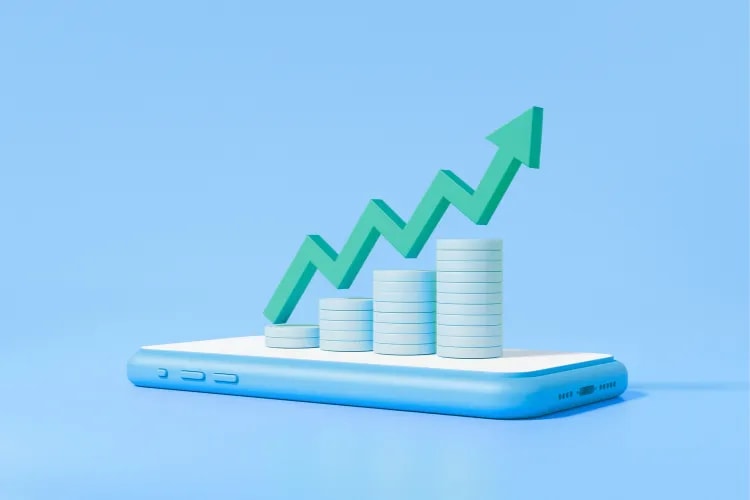


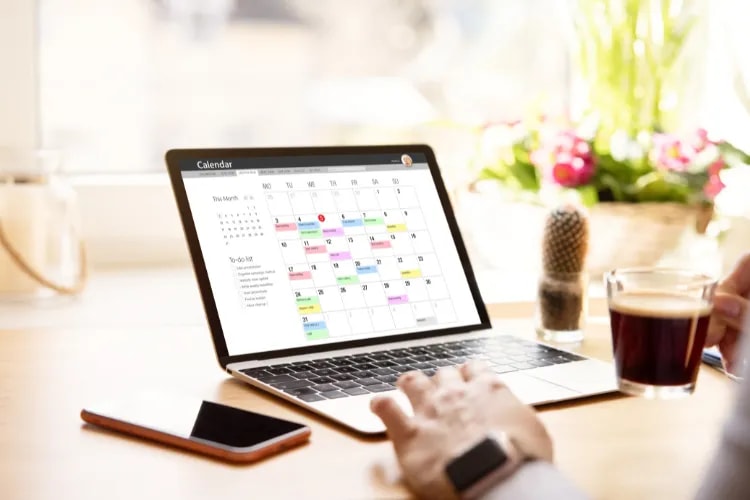
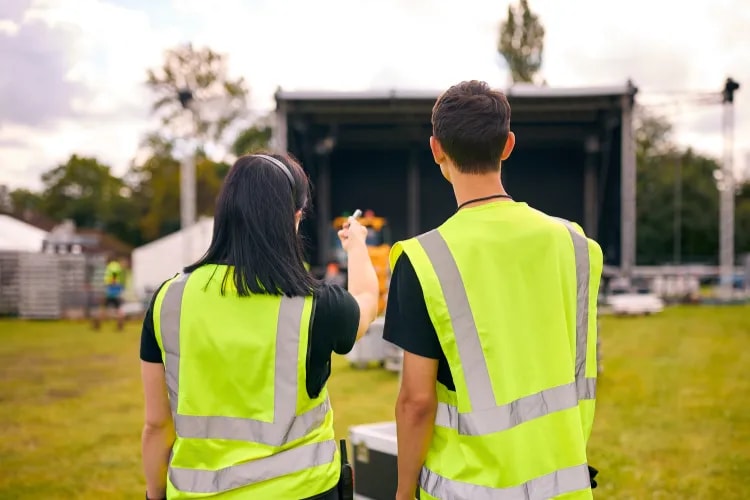

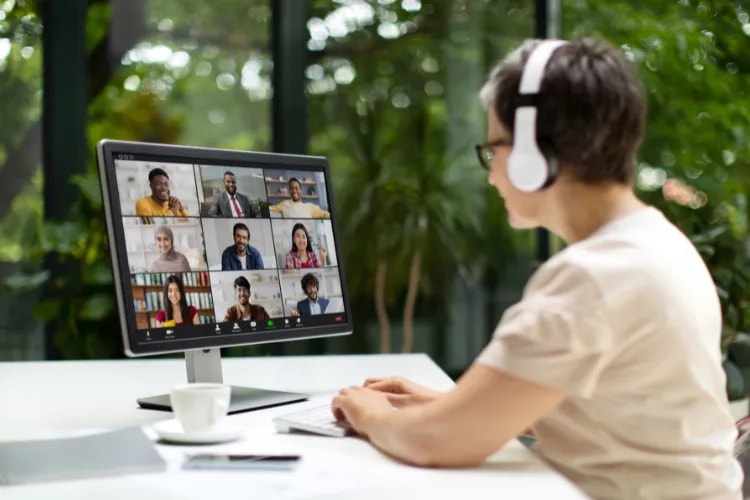

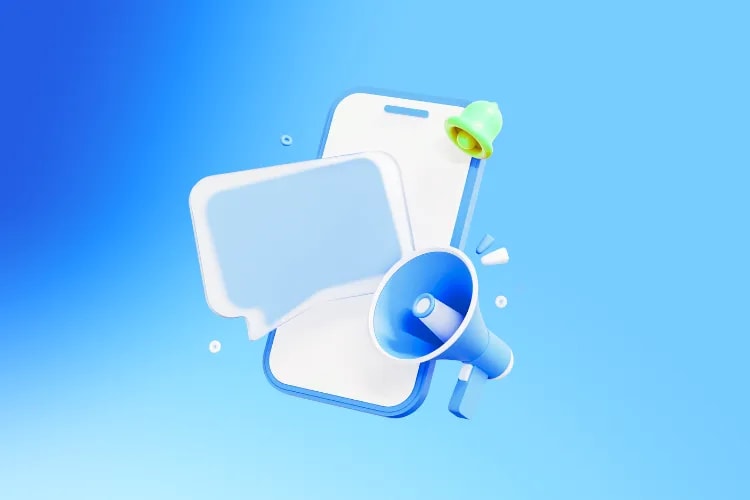
selling
selling
marketing
planning
planning
planning
marketing
marketing
planning